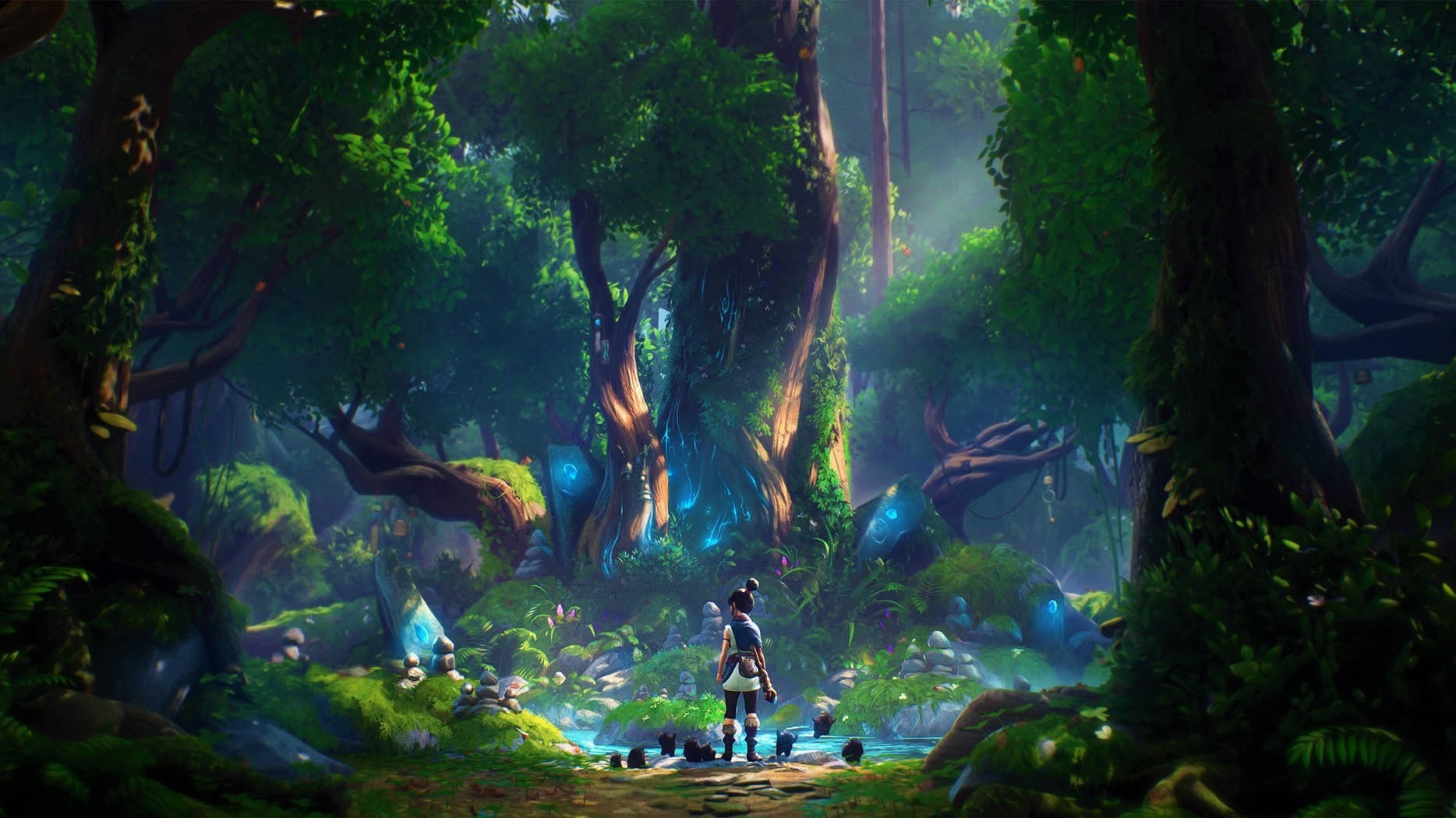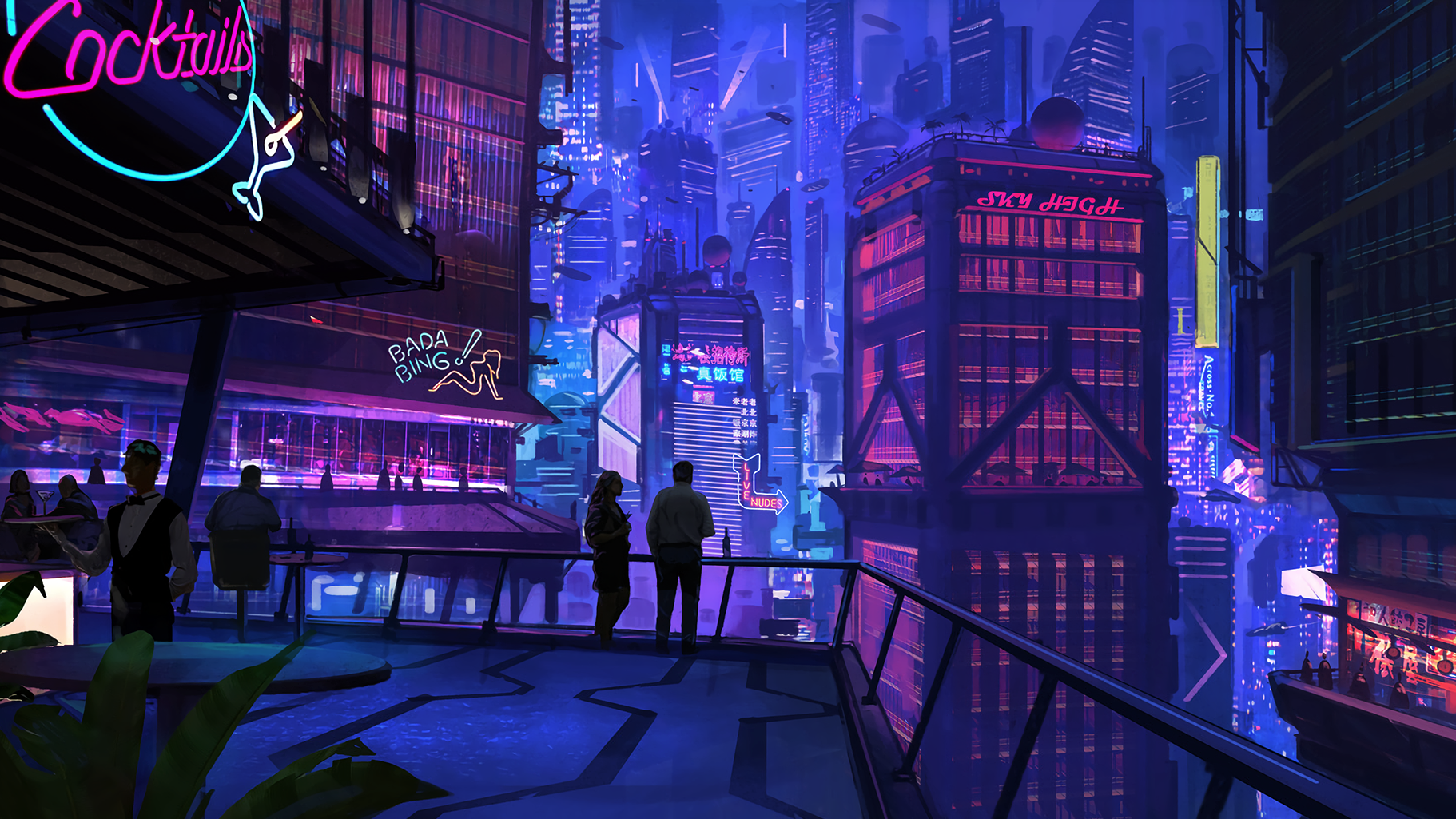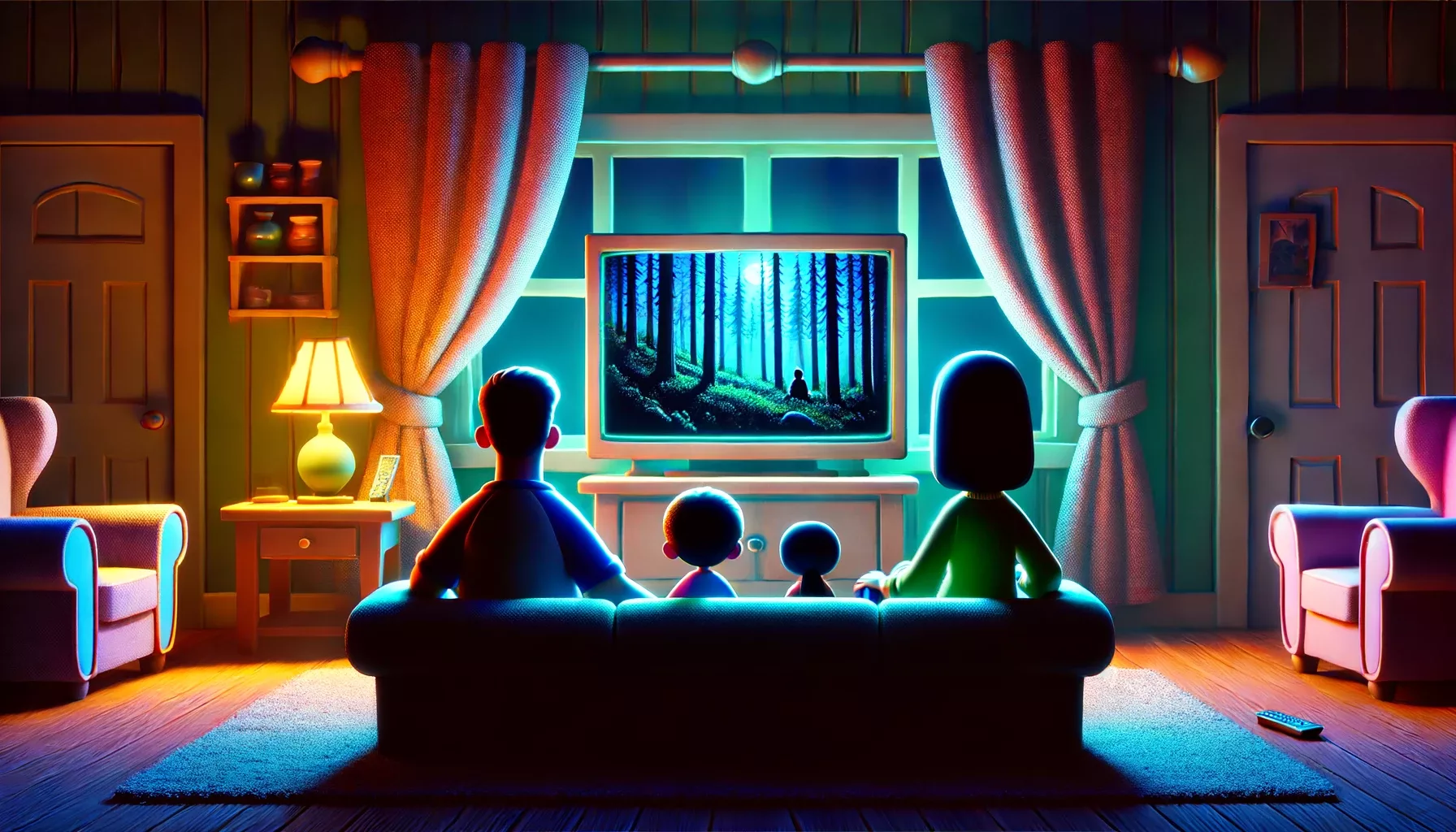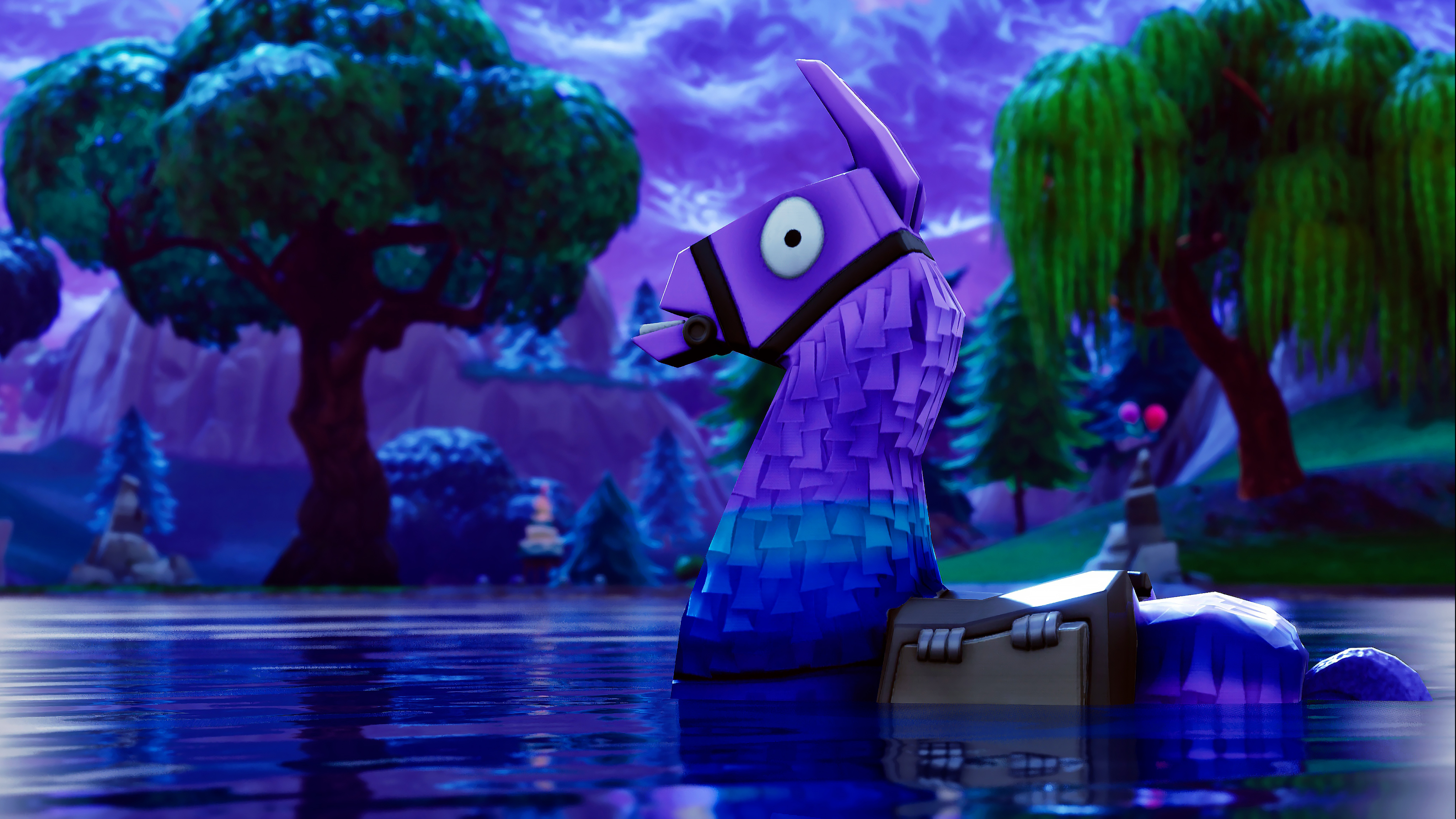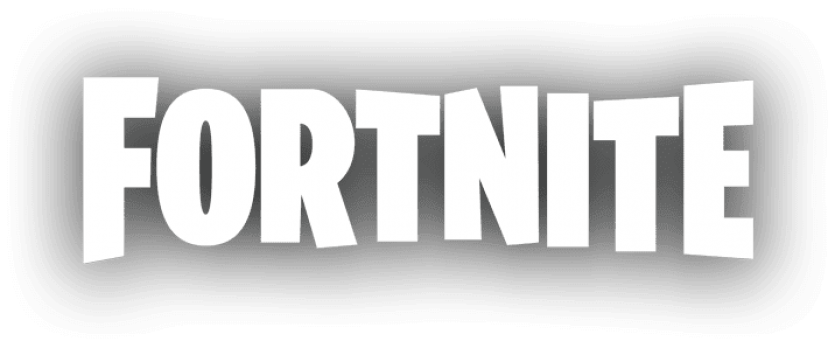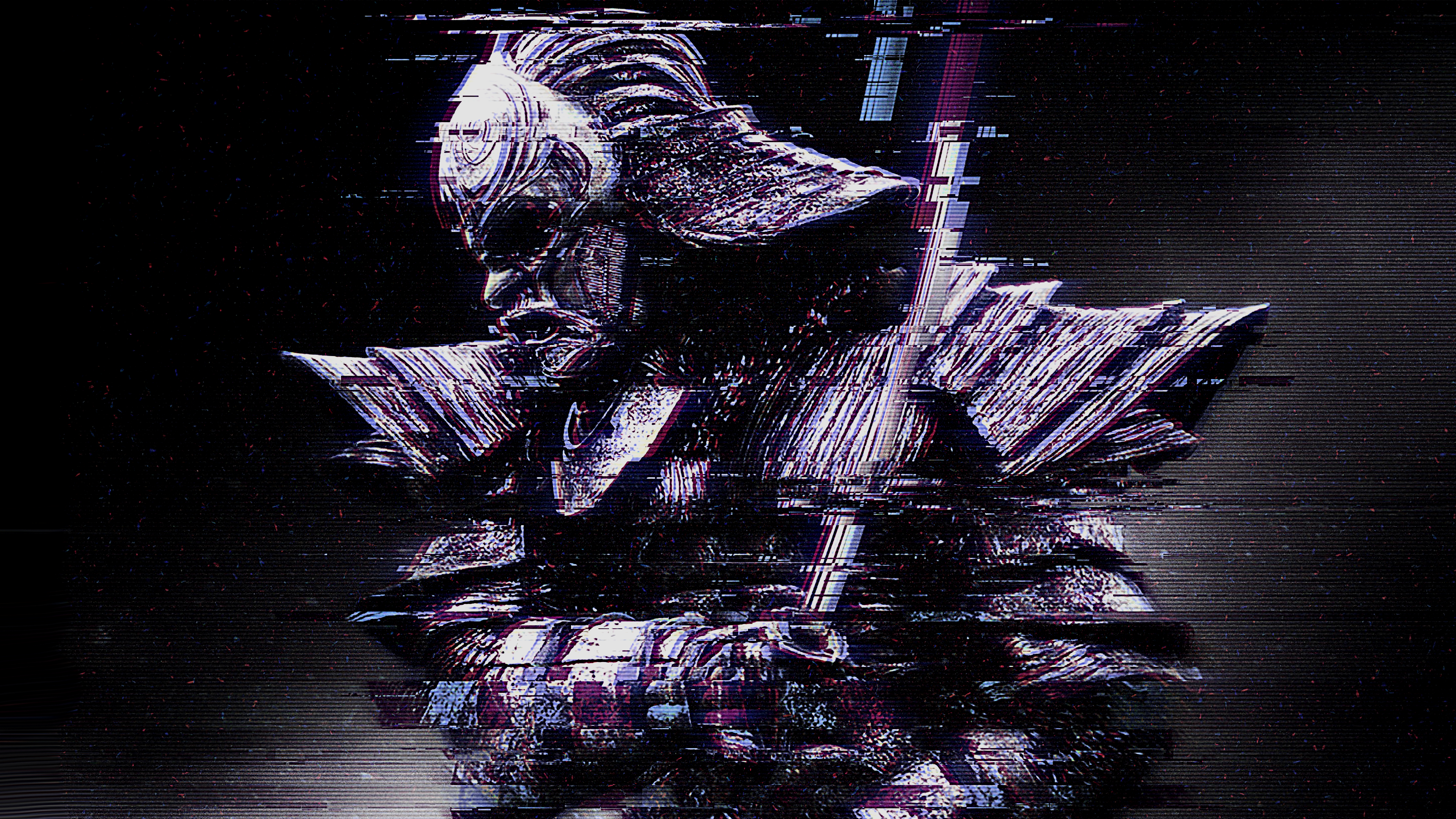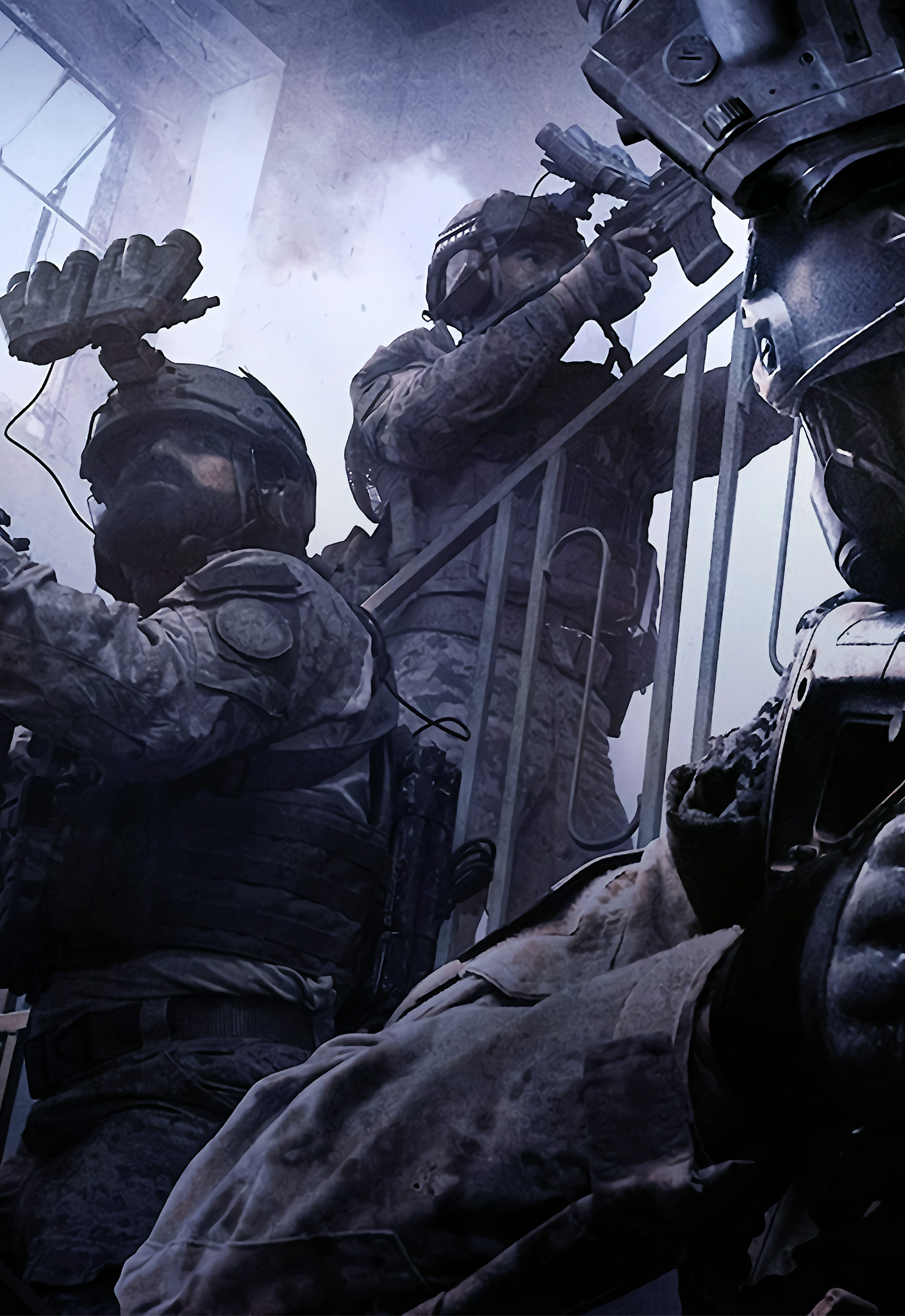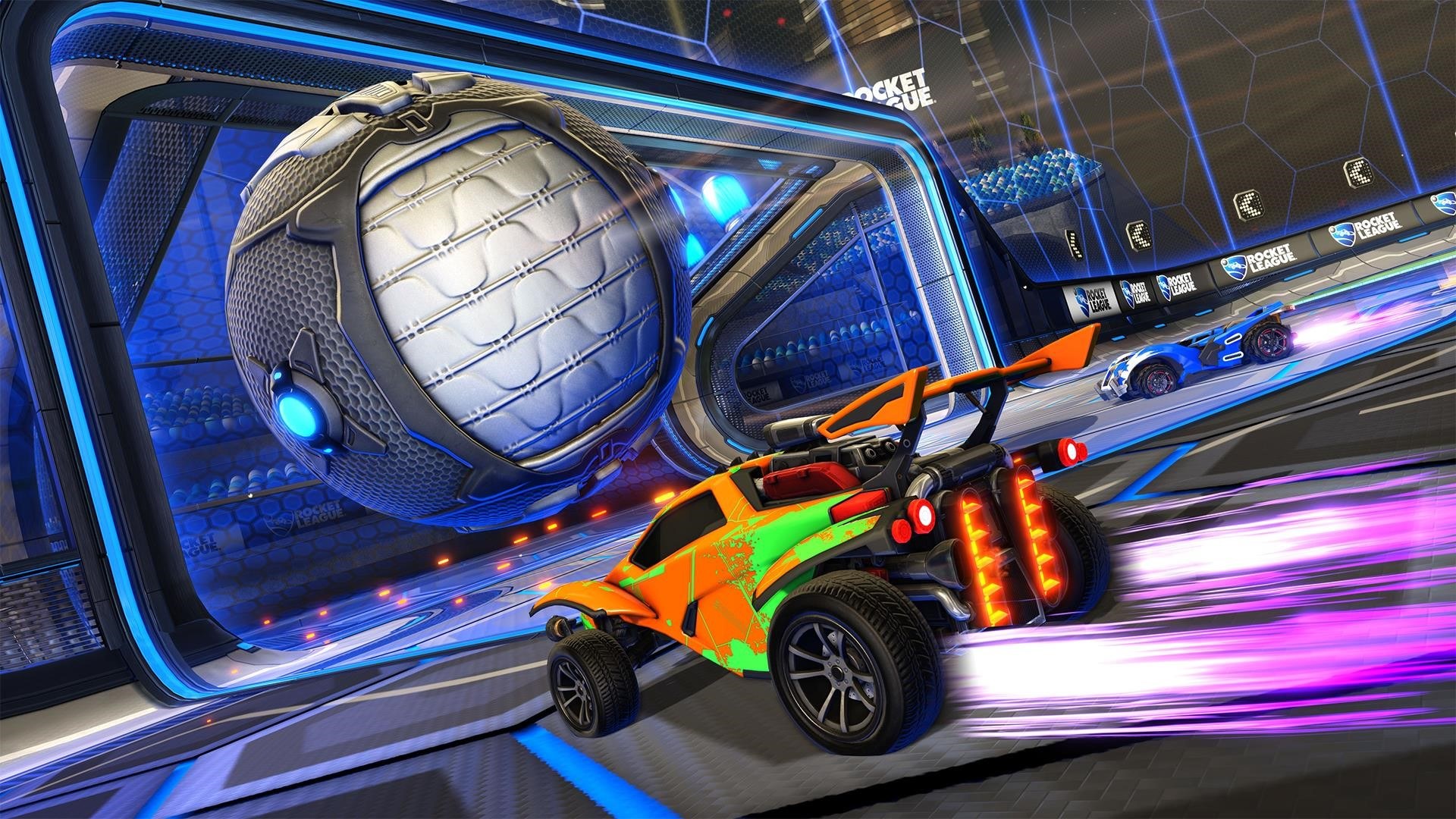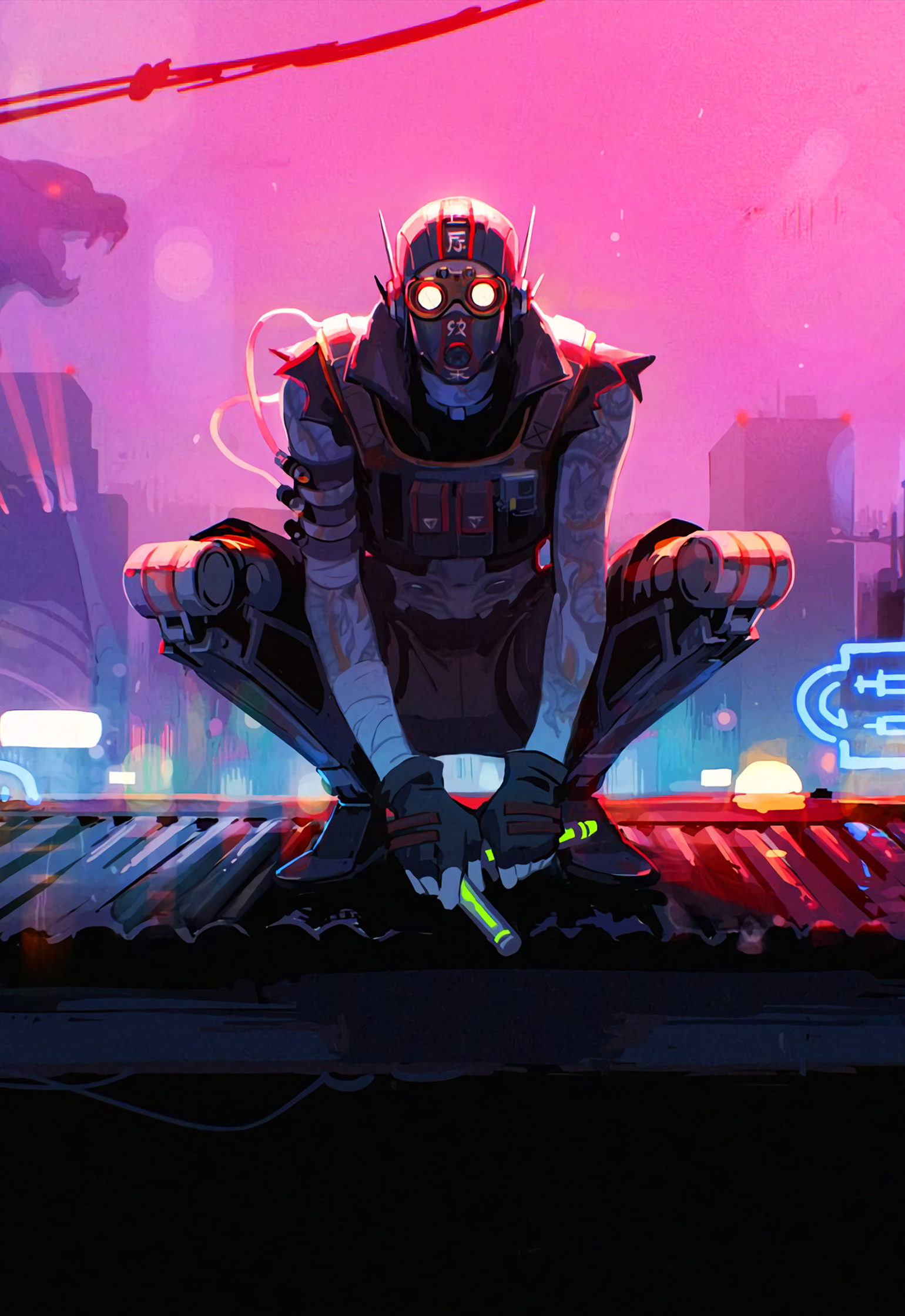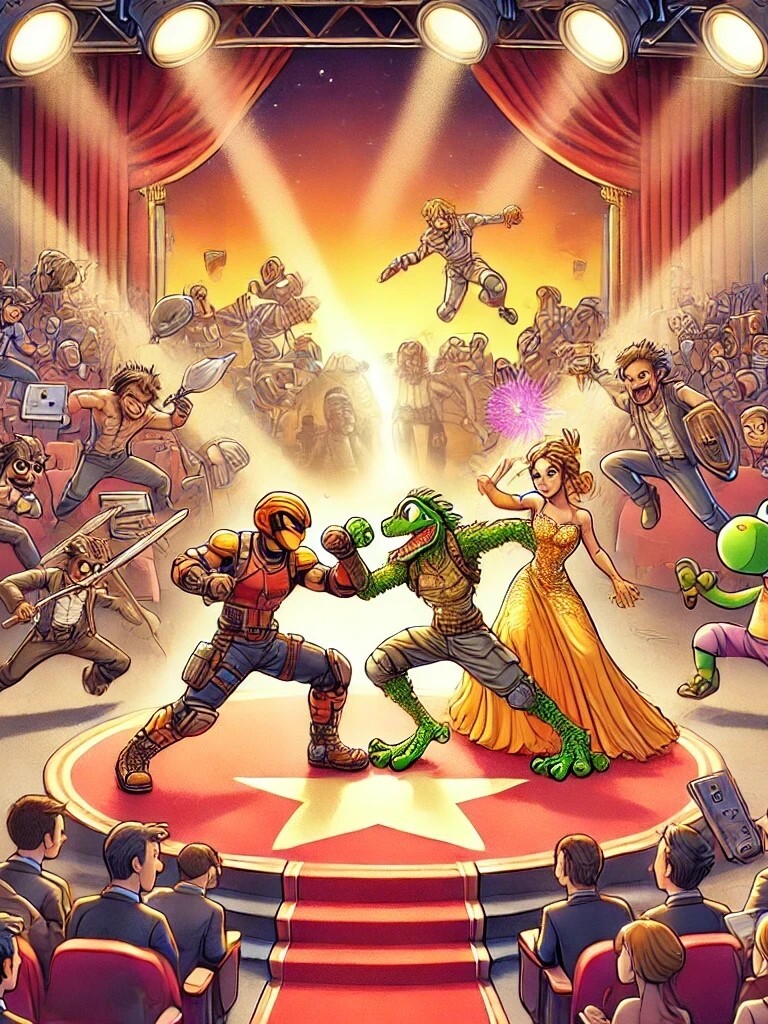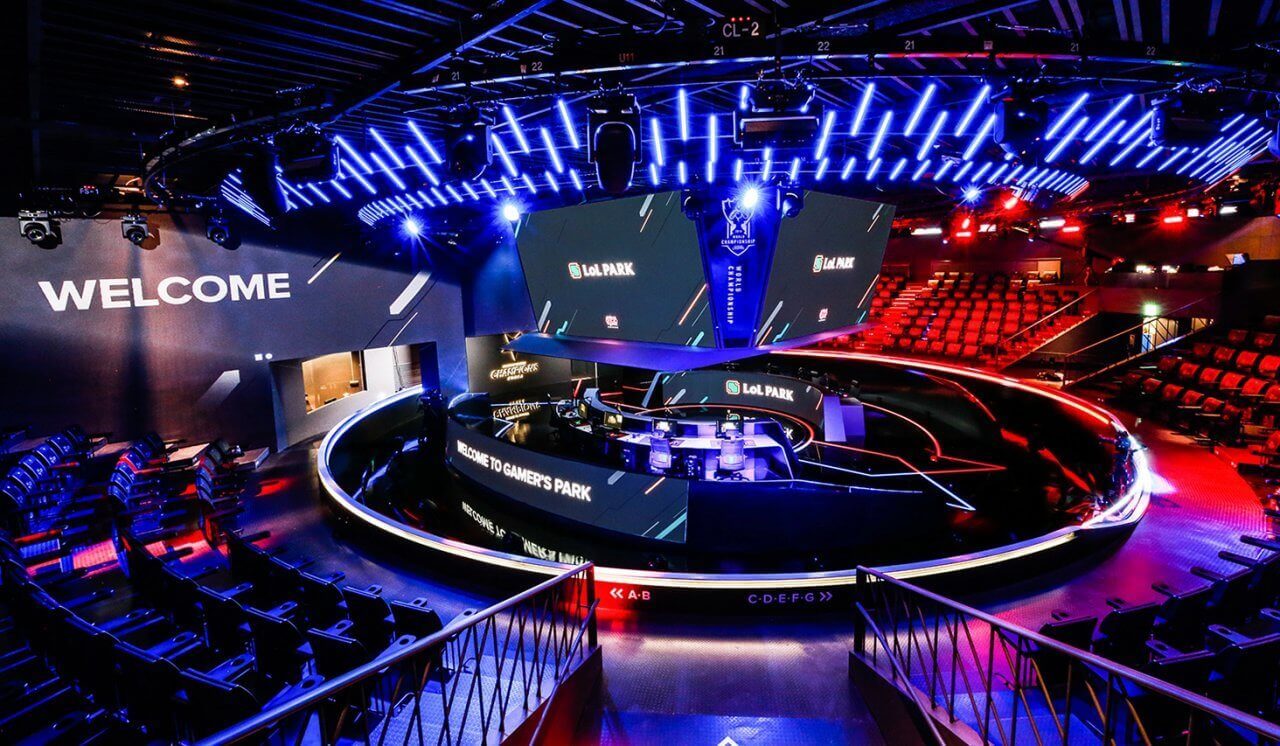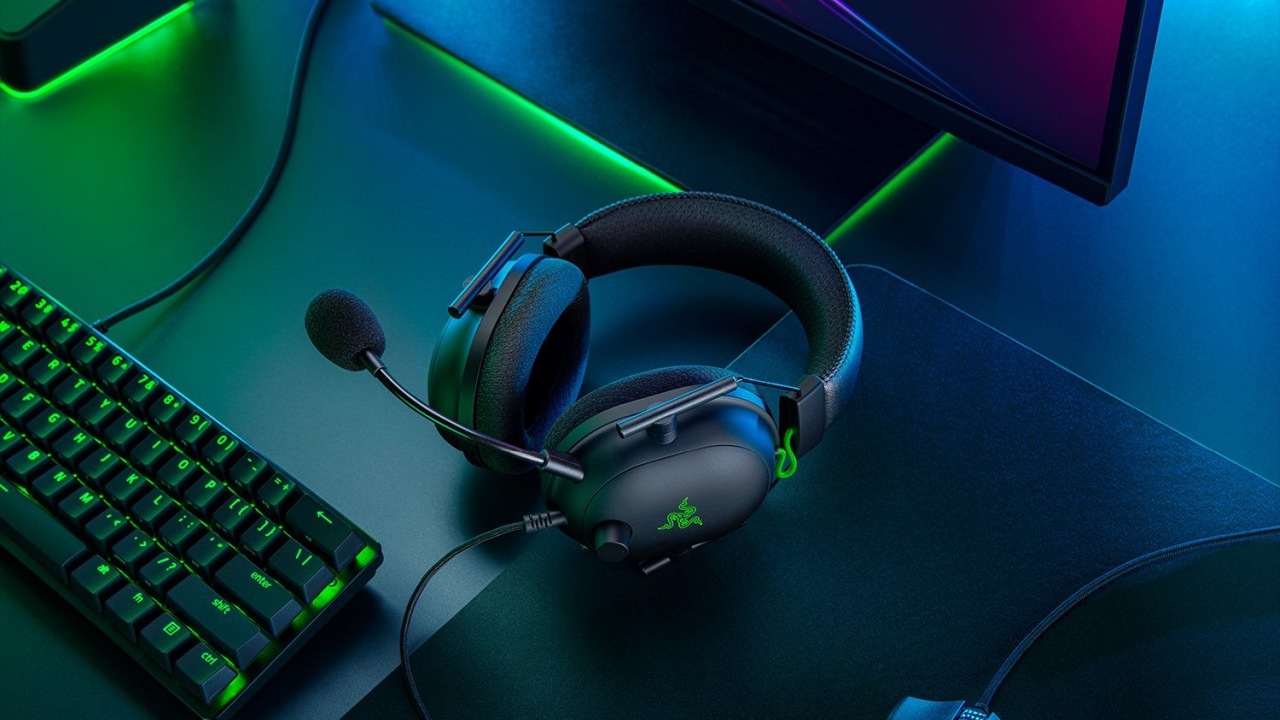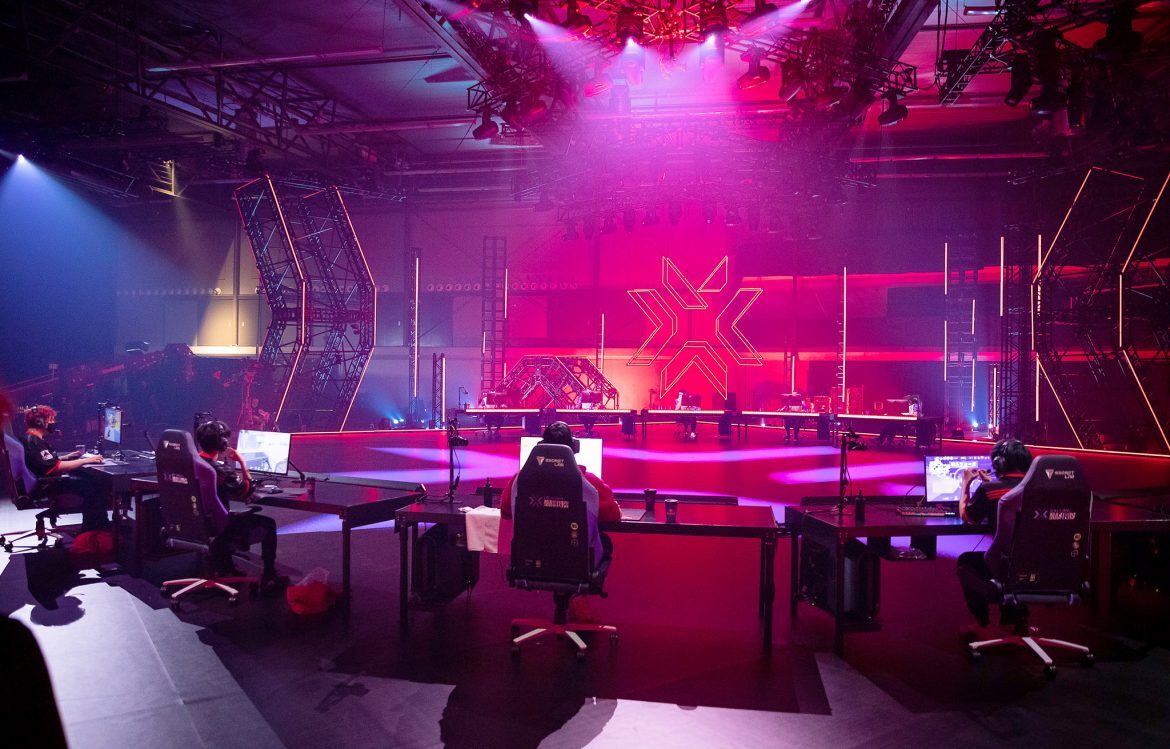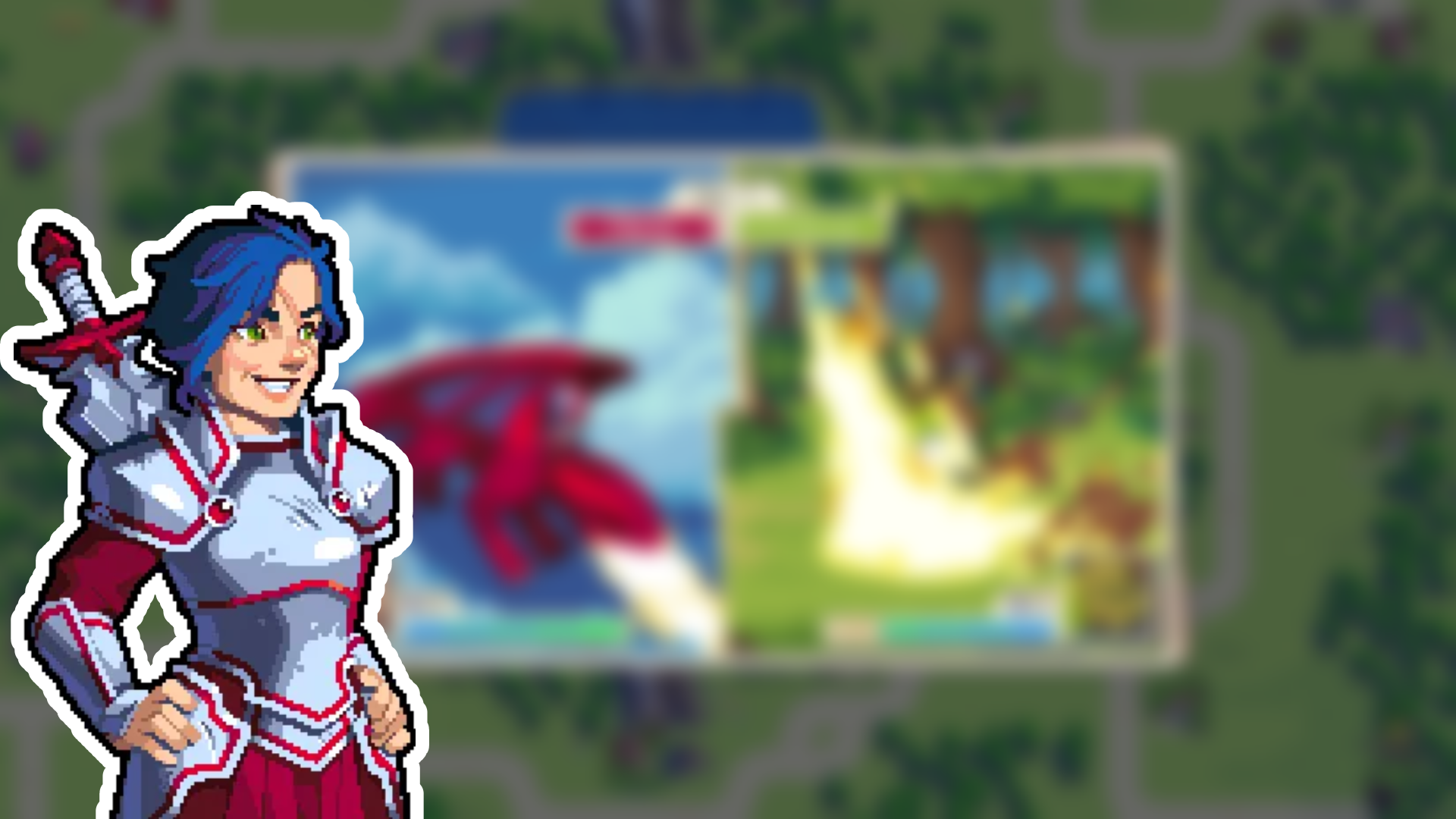When a series gets killed off due to its consistently unfortunate timing, perhaps a successor series is due.

Considering the frequency of real-world armed conflicts, there's rarely any time where the release of a turn-based strategy video game about war wouldn't feel at least somewhat insensitive. But the Nintendo Wars series – as well as its Advance Wars sub-series – seems to have particularly poor timing, with the games often being delayed to avoid controversy.
To avoid further headaches, the entertainment corporation seems to have given up on their fan-favorite franchise by now, leaving room for indie game developers, undaunted by potential investor backlash, to develop their own spiritual successors.
Leading The Charge
The Nintendo Wars series began in 1988 with Famicom Wars, developed by Intelligent Systems. Aiming to bring earlier computer war games to consoles in a simplified, approachable format, the game sees players moving their different units across a board-game-like map, trying to outmaneuver each other. Representing either the Red Star or Blue Moon nation, they are given a certain amount of funds to build said units, more being earned by conquering opposing cities.
With its five sequels on the Game Boy and SNES, mechanics like unit variety, terrain effects, and enemy AI were refined, though they, like the first entry, remained exclusive to Japan. The first title for Western markets, Advance Wars (2001) was made less complex, more tutorialized and more colorful with distinct playable commanders for each army, proving successful enough to spawn its own sequels with Advance Wars 2 (2003), Dual Strike (2005) and Days of Ruin (2008).
However, the series often faced unfortunate timing, such as Advance Wars (2001) releasing the day before 9/11. Combined with Nintendo and Intelligent Systems shifting focus to the more lucrative turn-based alternative Fire Emblem, the Wars games were sidelined until Advance Wars 1+2: Re-Boot Camp, originally slated for April 2022... But Russia's invasion of Ukraine the month prior delayed it, and by the time it finally launched in April 2023, few were paying attention.
(Semi-)Rapid Dominance
So while it appears that this attempt of Nintendo to bring the series back from the dead may have inadvertently sealed its fate despite being considered a great title, others like British studio Chucklefish already had plans to revive its spirit. Noticing that the genre lacked modern entries in mid-2016, they came up with various aesthetic ideas for a title which would address this gap before ultimately settling on a fantasy setting in a GBA-like pixel art style.
During development, they emphasized transparency and community involvement, soliciting feedback via Discord and Reddit to refine features. Major technical decisions like online multiplayer and an in-game map and campaign editor made the process more difficult, but really gave the project a "by fans, for fans" appeal. The team iterated heavily on UI, balance, as well as the accessibility and character which made Advance Wars so popular in the first place.
The result of this was Wargroove, officially revealed in February 2017 and originally targeting an early 2018 launch, but – not missing a beat in following its template – eventually being delayed to February 2019 on PC, Switch, and Xbox One, with a PS4 version arriving a few months later.
Successful Insurgency
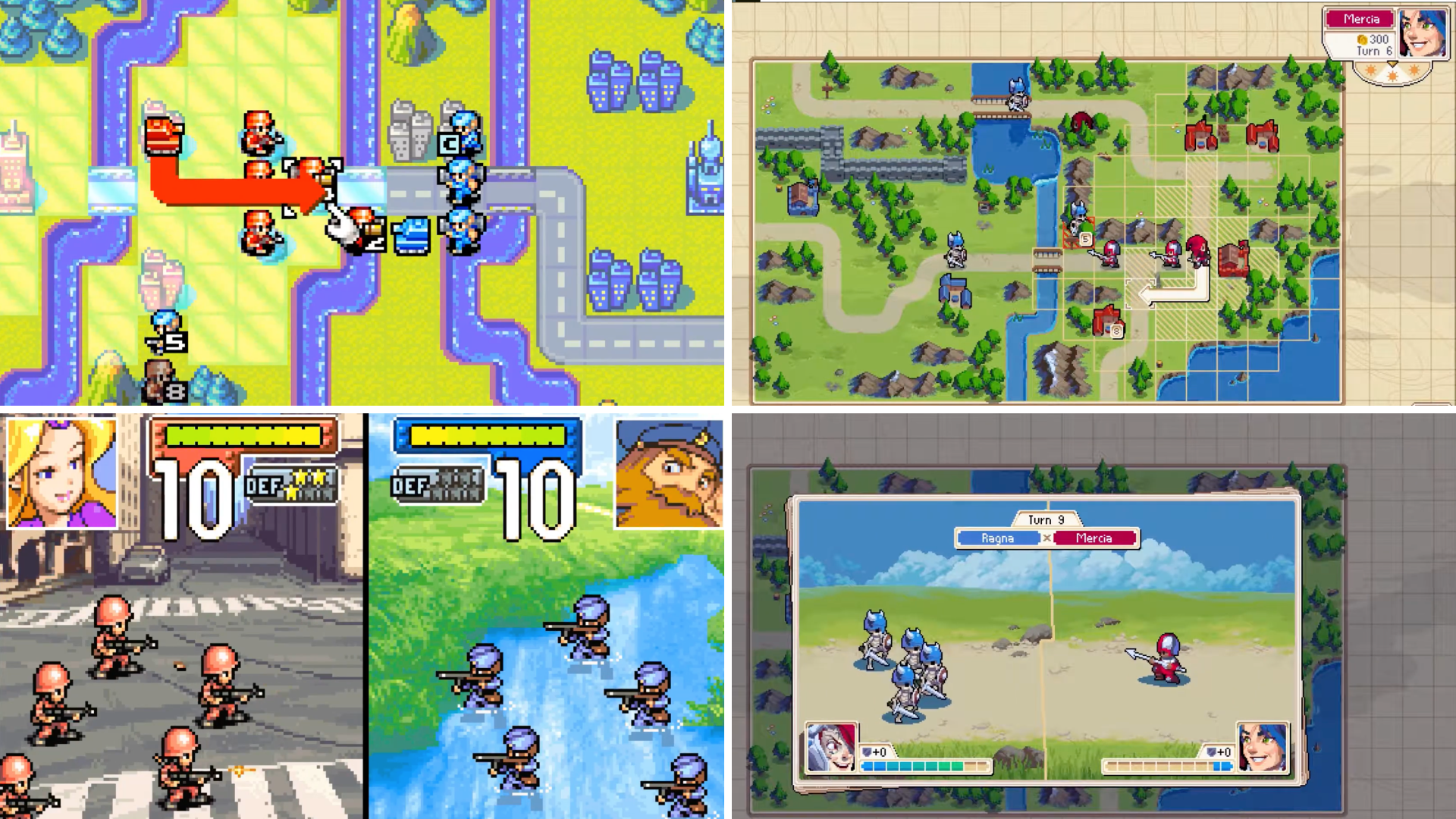
Wargroove closely follows the Nintendo Wars formula, with grid-based, turn-based battles where players capture towns for income and produce units to overwhelm foes. But unlike Advance Wars' off-map COs and their meter-based powers, Wargroove's commanders are active units on the field, meaning they can fight and be defeated, meaning that the use of their distinct "Groove" powers introduces a new risk-reward system.
The story is set on the continent of Aurania, where Queen Mercia of Cherrystone is thrust into war after her father is slain and her land invaded by the undead-led Felheim. Along her journey, she forges uneasy alliances with other factions, uncovers that a vampire named Sigrid manipulated both sides (a plottwist reminiscent of Sturm's in the first two Advance Wars), and ultimately confronts a powerful sealed weapon called Requiem to prevent its misuse.
Among the title's standout features are the robust in-game map and campaign editors, which allow players to build and share their own creations within Wargroove's engine. The multiplayer supports both local and online play (up to four players), letting friends pit strategies against each other, something which Advance Wars would only do years later with 1+2: Re-Boot Camp.
Occupying The Market
Wargroove was met with strong critical approval, garnering praise for capturing the feel of Advance Wars while adding its own flair with a distinct setting and characters. Reviewers often lauded the level editor, art style, and depth, though some flagged pacing or difficulty spikes as issues. Commercially, the title has been reported to have recouped its development costs in just three days after launch, indicating solid financial success.
Consequently, following some updates to the original title like the Double Trouble campaign, Chucklefish quickly partnered up with German studio Robotality to develop Wargroove 2, which released in 2023 and built on the first game with refined mechanics, new campaigns and a roguelike mode, among other things, yielding positive reviews as well.
The success of Wargroove may be part of the reason why Nintendo wanted to bring back Advance Wars after its initial end with Days of Ruin in 2008, but, as mentioned before, 1+2: Re-Boot Camp had a messy publication history, leading to sales not meeting expectations. Given this, Wargroove and similar games will likely be the best way go get your Nintendo Wars fix in the foreseeable future.
